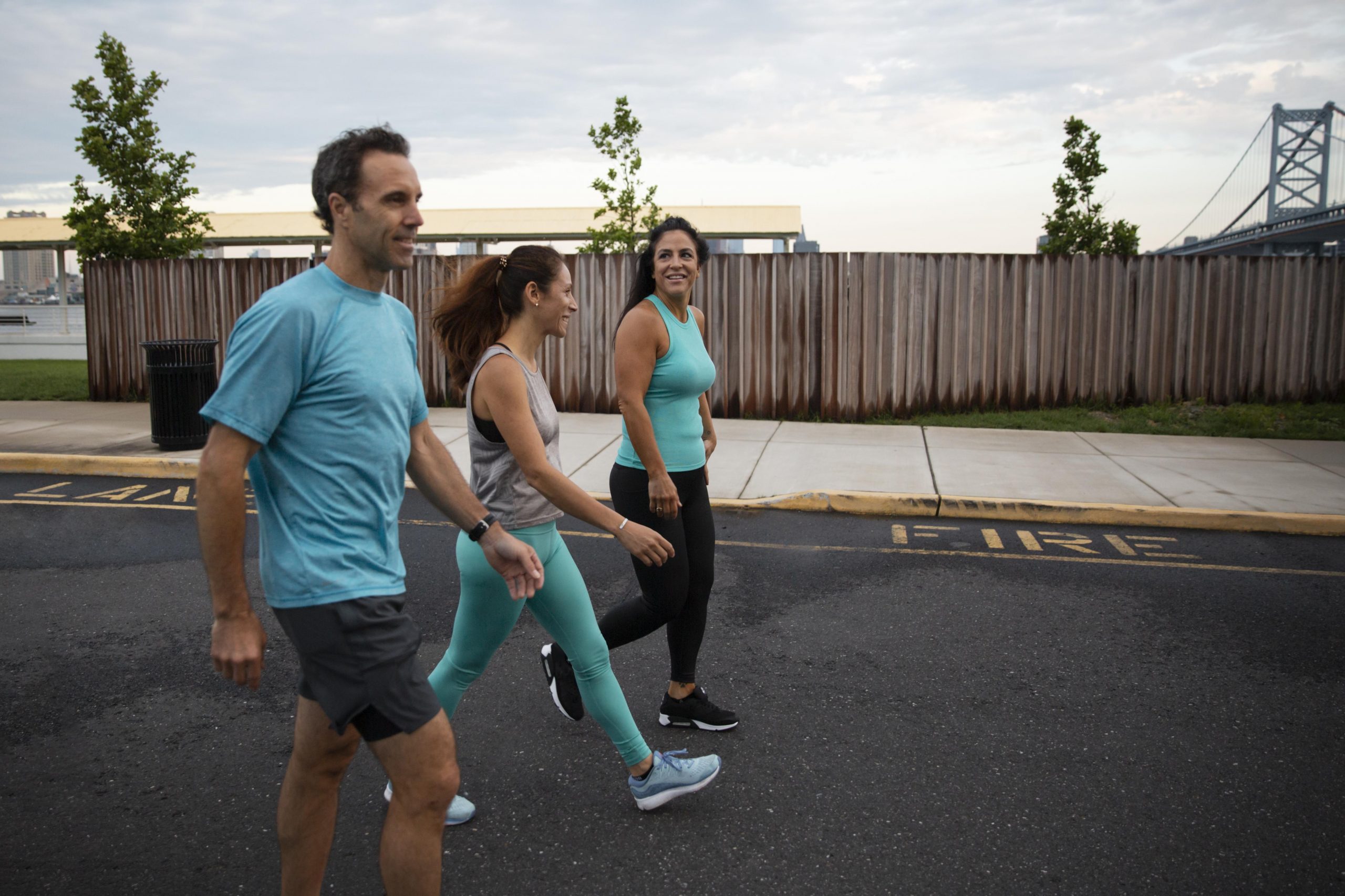Introduction
Postprandial walking can be a simple and effective activity that serves multiple health benefits. It aids in digestion, helps with weight control and promotes good overall health. In this article, we discuss the benefits of post-meal walks and provide helpful tips to help you include it in your routine.
Digestive Health
Taking a walk a after a good meal will do wonders for digestion. Low-key activity also gets your digestive system going, making it easier for food to move through your stomach and into the intestines. So probably you burp or flatulate a little bit less, and that can help to make you feel less bloated and gassy and just discomfort in general, which is always a good thing for your digestive track.
Enhanced Metabolism
A short stroll after a meal can actually help increase the metabolism. Nutrients are more efficiently used by the body, allowing for better energy production. This increased metabolism then promotes caloric burn and also supports healthy weight.
Blood Sugar Management
Post-meal walking could help with blood sugar. Walking after meals may lower blood sugar levels more than exercising at other times of the day. When we are physically active, we are more sensitive to insulin so our body can manage glucose better. This is a good way to blunt a ‘sugar rush’ which can benefit people who are diabetic or insulin resistance.
Weight Management
Adding a stroll after lunch can help weight control. If you want to have a flat belly you would have to eat in smaller portions and, after every meal go for a walk. This way you can burn calories and prevent fat from depositing in your body. When combined with a healthy diet, this process encourages healthy weight loss and the maintenance of a healthy weight.
Cardiovascular Health
So by walking regularly, you’re doing wonders for your heart. Triglyceride levels and cholesterol profiles can go down if you walk after meals. This can, over time, reduce the risk of heart disease and improve general cardiovascular function.
Mental Well-being
A stroll is good not just for the body, but for the mind. It’s good for stress, mood, and relaxation as well. A stroll after a meal is a chance to clear your head, experience fresh air, and connect with your surroundings.
Tips for Effective Post-Meal Walking
Timing
For best effects, try to begin walking 15 to 30 minutes after eating. This will enable the body to start digesting while, still benefiting from the workout.
Duration
A 10 to 30 minute walk is often effective. Modify the length to suit individual’s own fitness level and time they have available. The point is, even a little bit of walking goes a long way.
Intensity
Moderate the speed of the walk. The idea is for easy motion, not hard exercise. Just achieve a pace at which it’s comfortable to talk, to keep the workout and time spent in the boat relaxing.
Environment
Pick a pleasant trail to walk on. Parks, soothed streets or nature paths might offer a soothing environment. Trekking with family or friends can also add a social dimension to it, making the experience fun.
Consistency
Embrace doing 20-30 minutes of localized, easy-paced walking after each meal. In the end, consistency translates to long-term health gains. Make it a part of every day’s activities, stop over for a walk after dinner while taking a lunch break.
Considerations and Precautions
Physical Limitations
If you have any certain health conditions or physical limitations please consult your healthcare advisor before performing any exercises. Customizing the walk based on your own fitness level guarantees you will feel good and be safe.
Hydration
Stay hydrated, especially in hot weather. Drinking water before and after you walk helps prevent dehydration and maintain overall health.
Footwear
Preparing In proper shoes Wearing comfortable and well supporting shoes reduces discomfort and likelihood of injury. The right pair of shoes can make walking comfortable and improve posture.
Listening to the Body
Pay attention to physical cues. If you’re feeling uncomfortable or breathless, slow down or reduce the length of the walk. It is important that the activity also be fun and safe.
Integrating Walking into Lifestyle
Habit Formation
It takes dedication to build a habit of regular walking. Use reminders to keep track of your progress and celebrate little victories to stay motivated.
Combining Activities
Pair walking with something else, like a playlist of music, podcasts or audiobooks. This can make the process more fun and entertaining.
Encouraging Others
Ask a family member or friend to come along; your walk will be a time to strengthen relationships and receive mutual encouragement.
Conclusion
Post Eating Walk offers many Health Benefits, Right from better digestion To better Mental health. This easy activity can be carried over a life time and help support wellness and a more balanced life style. But approached the right way, post-meal walking can be an enjoyable and effective part of a healthy lifestyle.

